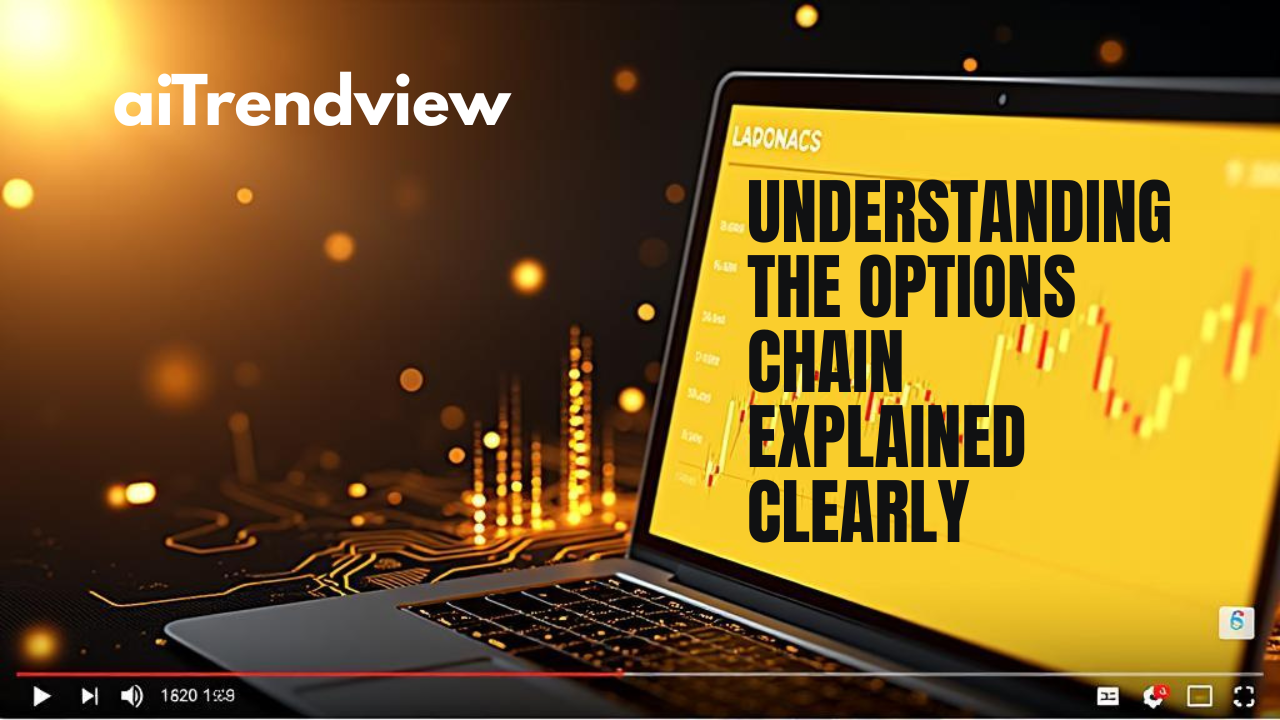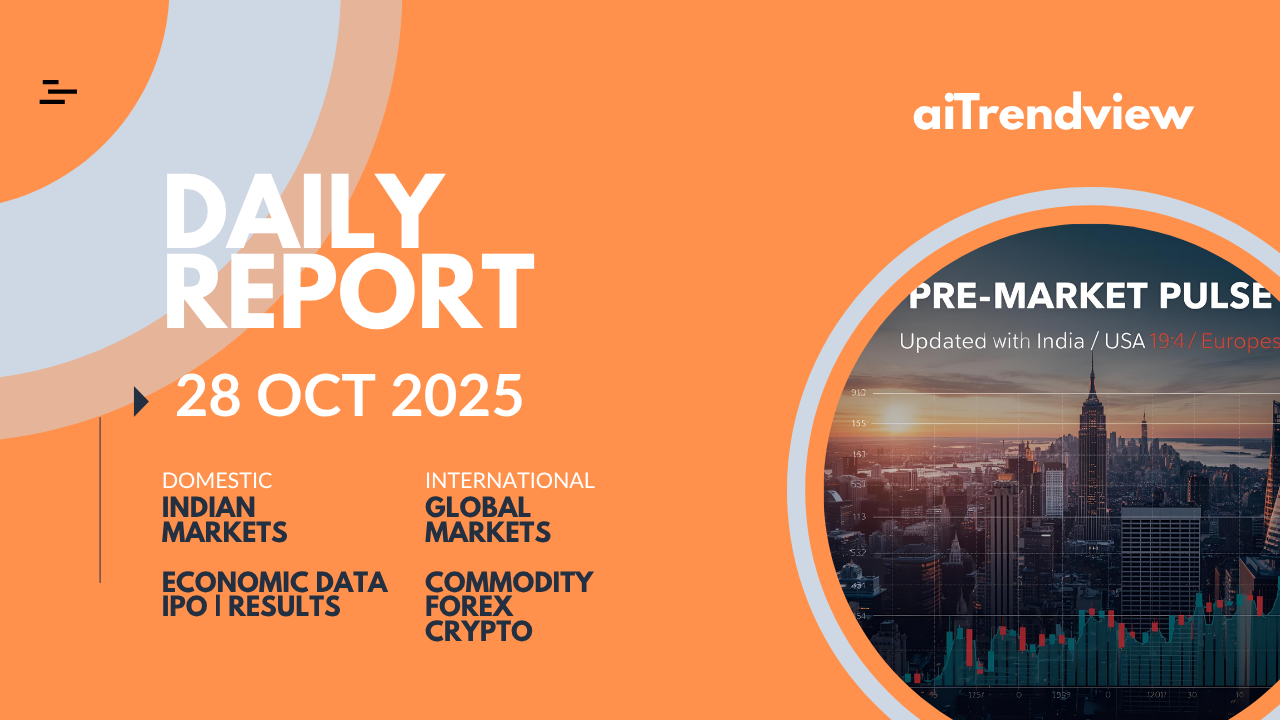

Understanding the Options Chain on TradingView
For options traders, the options chain is a fundamental tool. It’s a comprehensive table that lists all available options contracts for a specific underlying asset, organized by expiration date and strike price. The video titled “The Options Chain on TradingView: Tutorial,” published on May 15, 2025, by the official TradingView YouTube channel, serves as an excellent guide to navigating and understanding this crucial feature.
What Information is in an Options Chain?
The options chain on TradingView contains a wealth of information for each contract, including:
Key Takeaways from the Tutorial
The tutorial likely provides a practical demonstration of how to use the options chain effectively. Here are some of the key concepts it probably covers:
By watching this tutorial, you can gain a deeper understanding of how to use the options chain on TradingView. It’s an essential resource for anyone looking to make more informed decisions when trading options.
Disclaimer from aiTrendview.com
The content provided in this blog post is for educational and training purposes only. It is not intended to be, and should not be construed as, financial, investment, or trading advice. All charting and technical analysis examples are for illustrative purposes. Trading and investing in financial markets involve substantial risk of loss and are not suitable for every individual. Before making any financial decisions, you should consult with a qualified financial professional to assess your personal financial situation.




© Copyright 2025. All Rights Reserved By aiTrendview.com a AQJ TRADERS Product
1) or fractional share
Investing in the stock markets carries risk: the value of investments can go up as well as down and you may receive back less than your original investment. Individual investors should make their own decisions or seek independent advice.